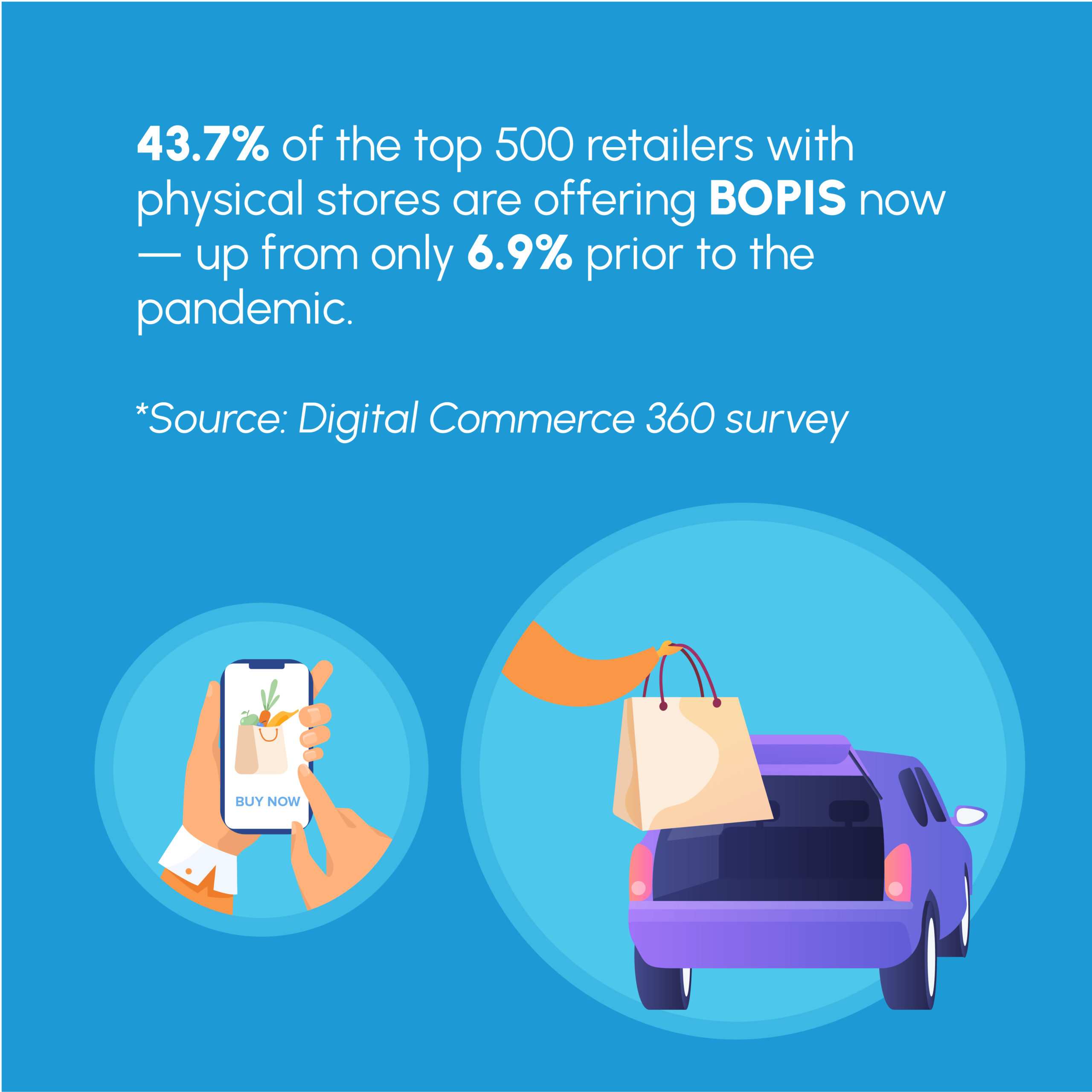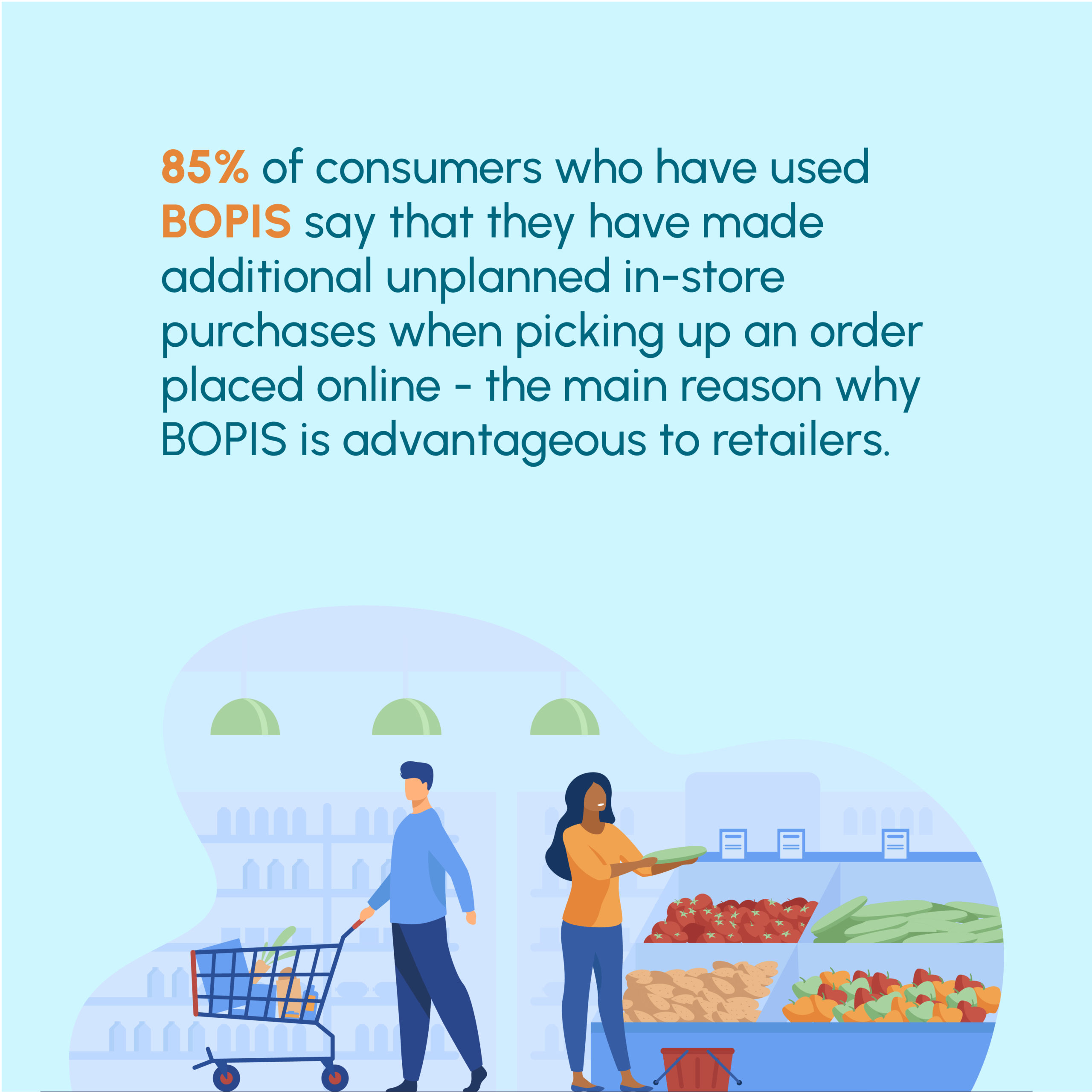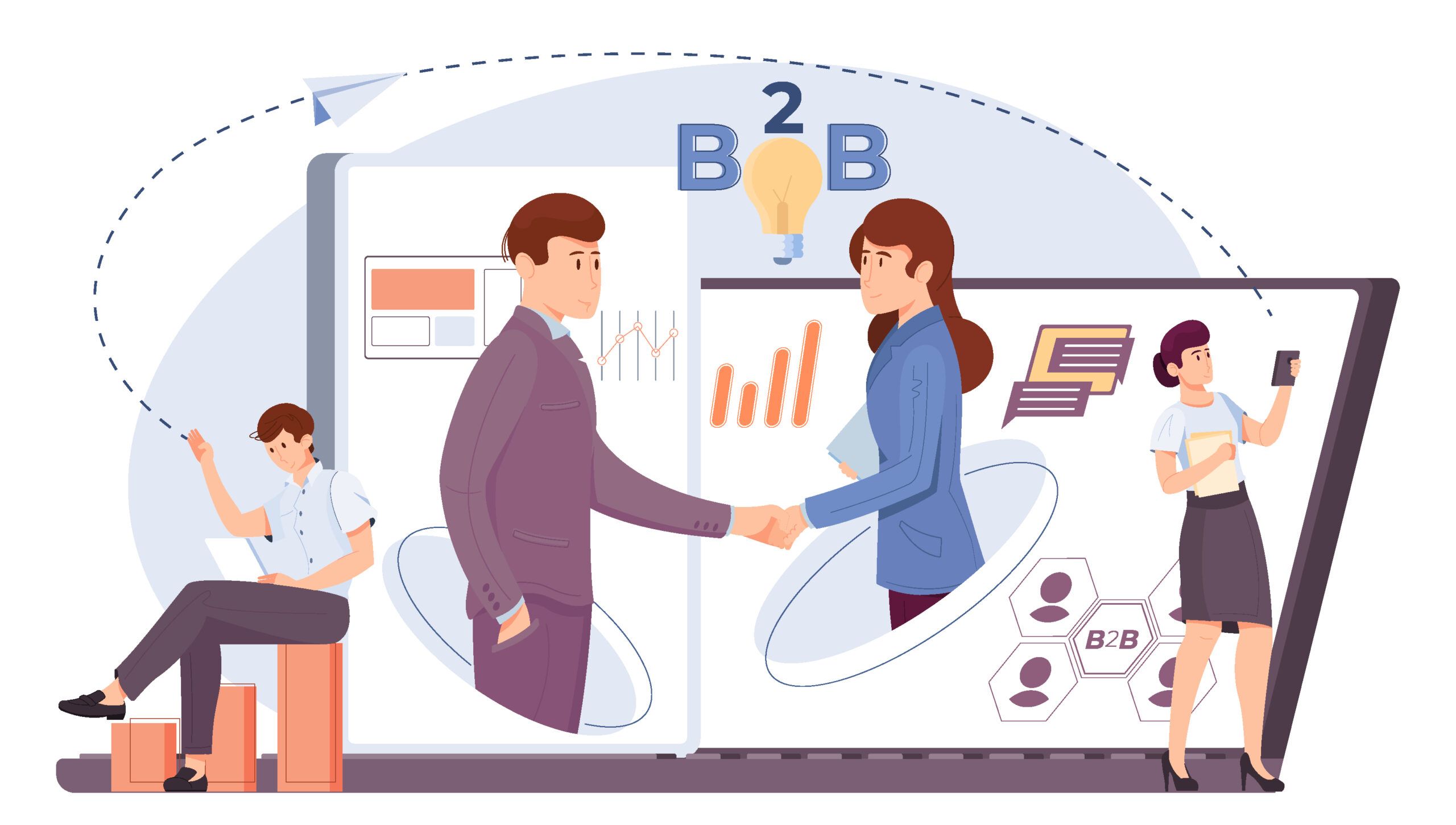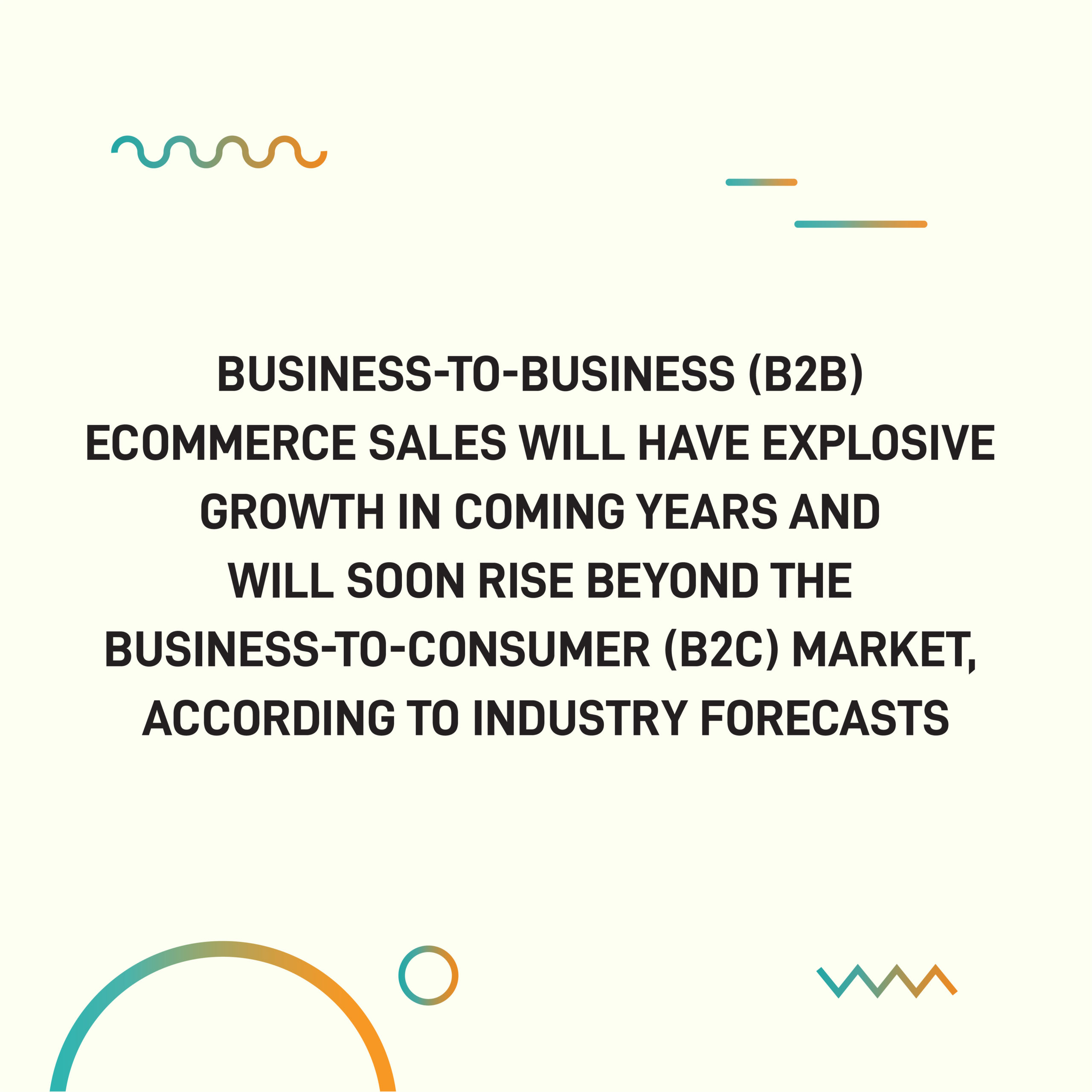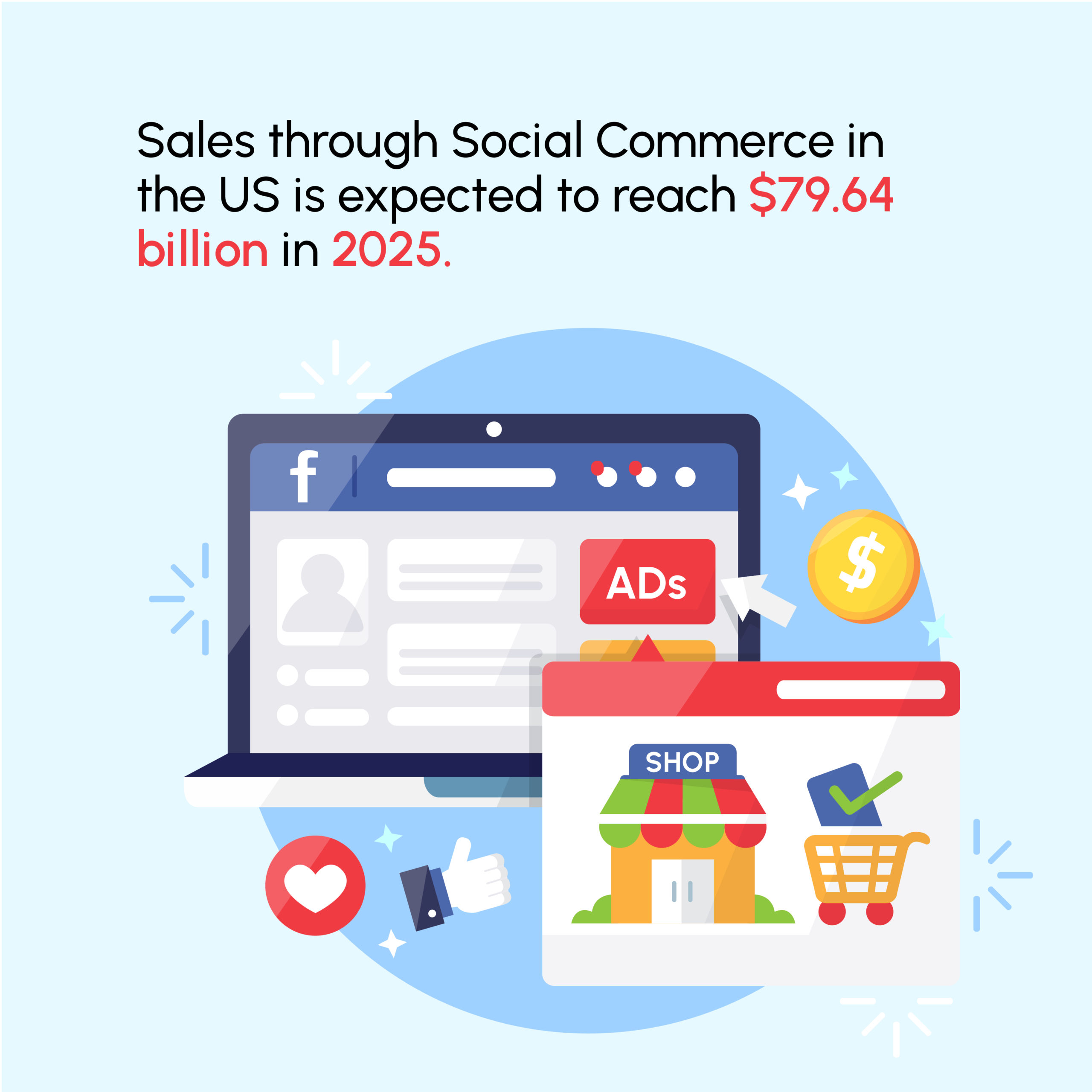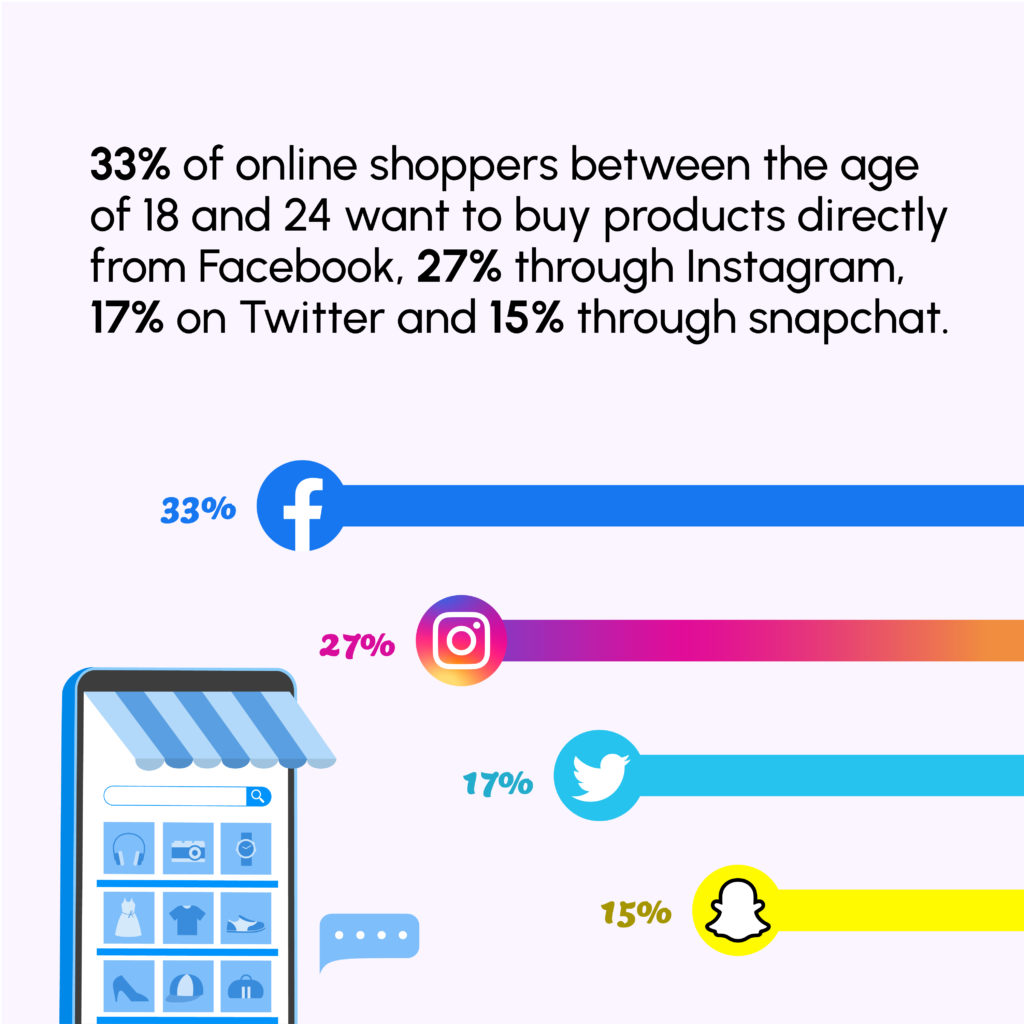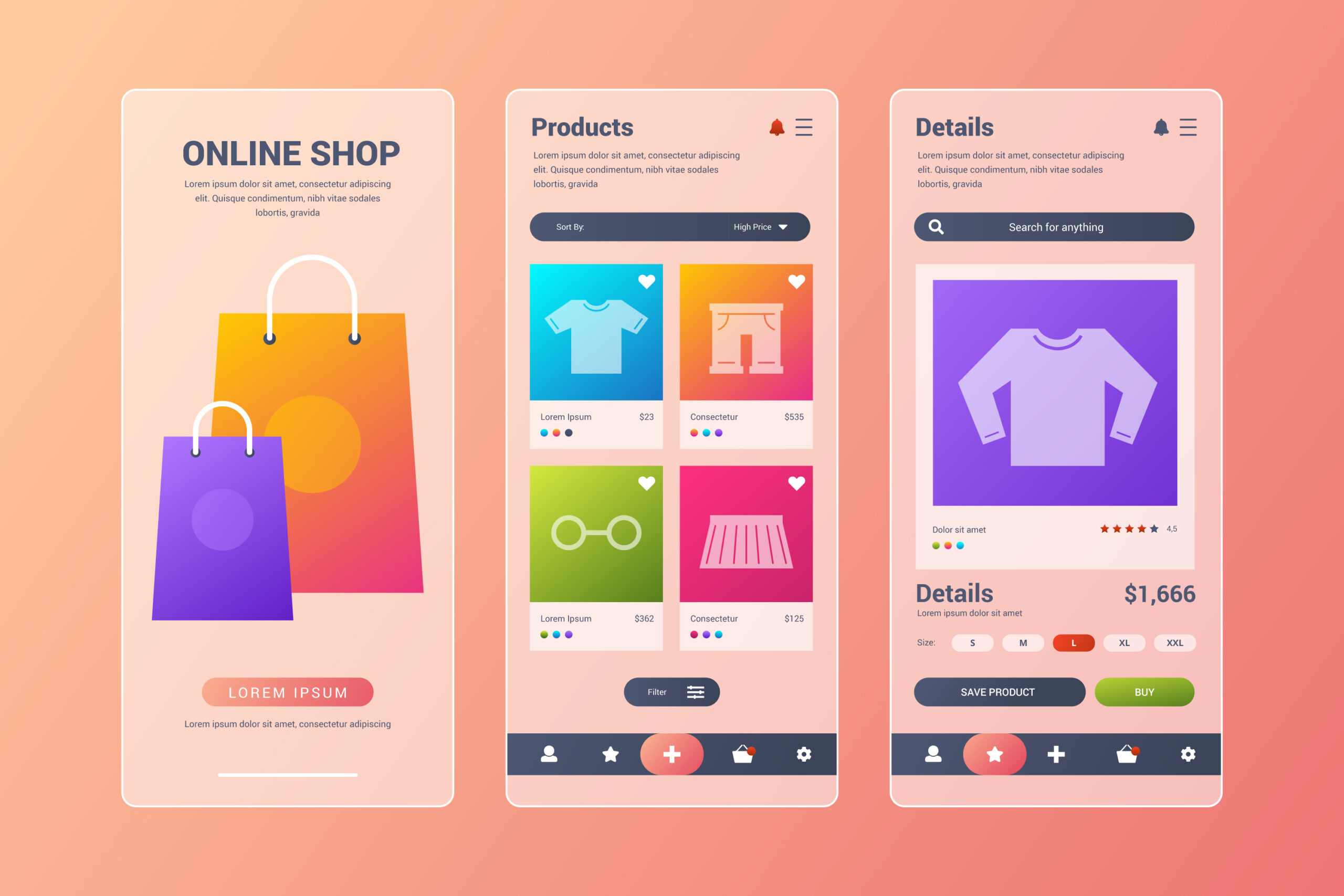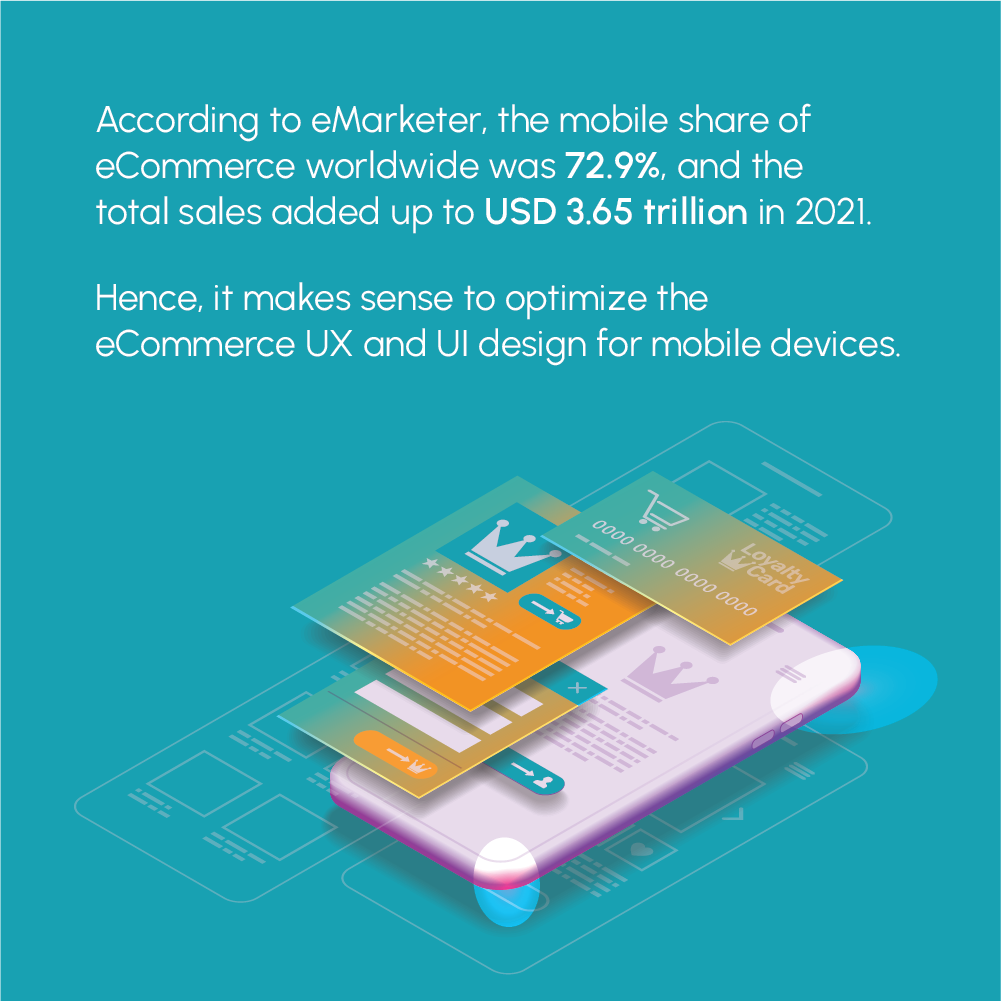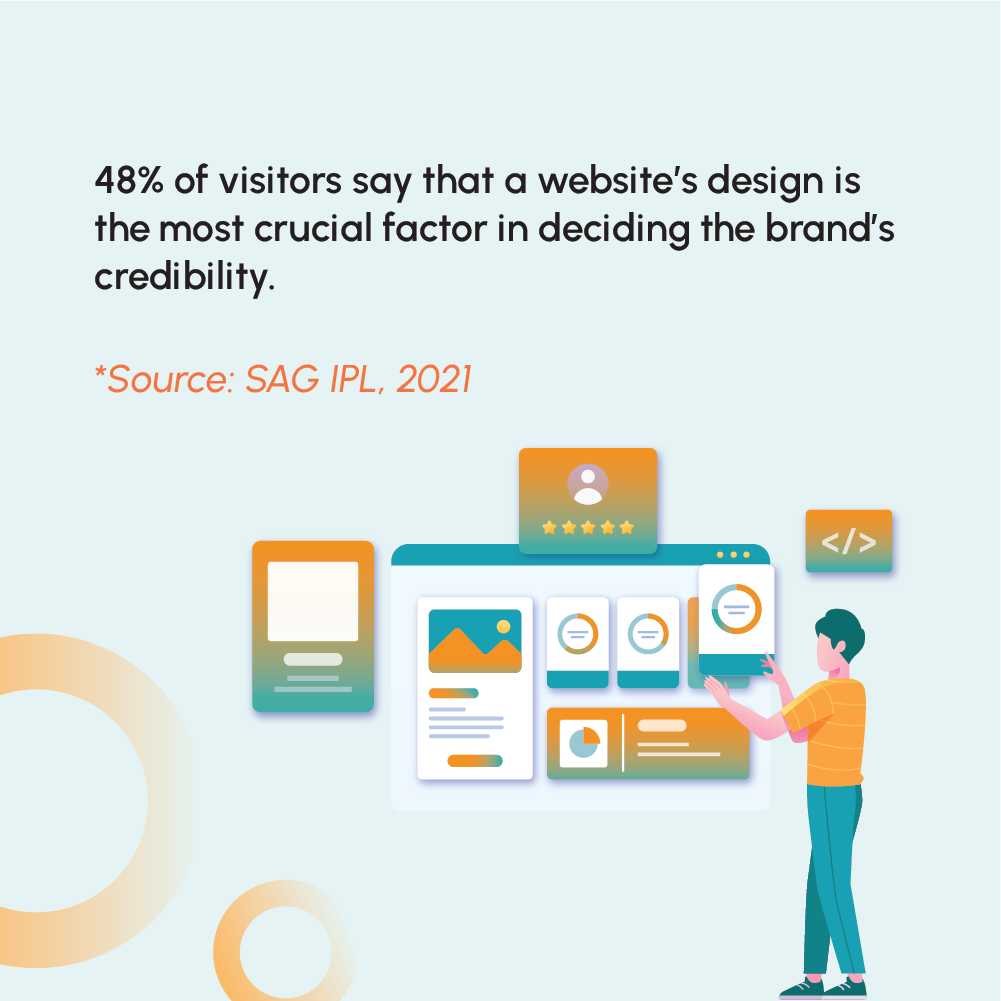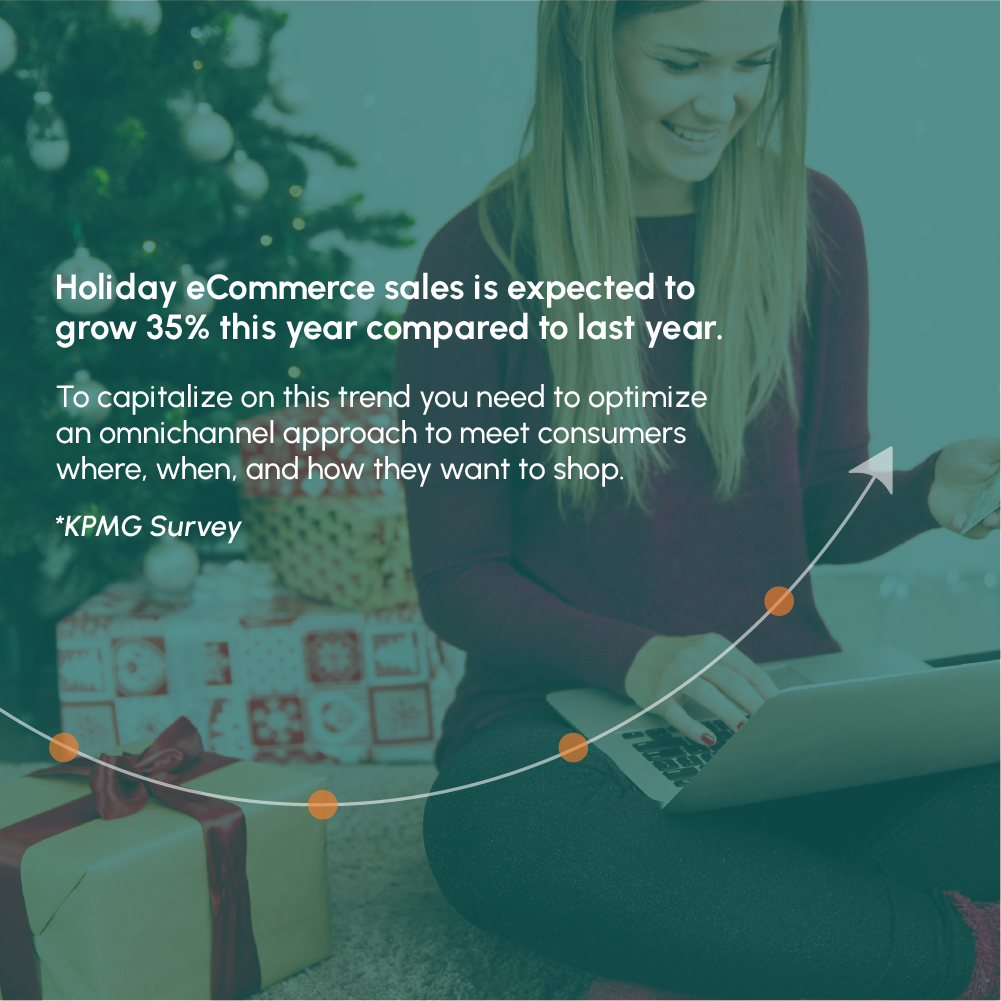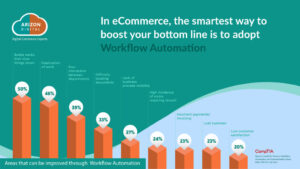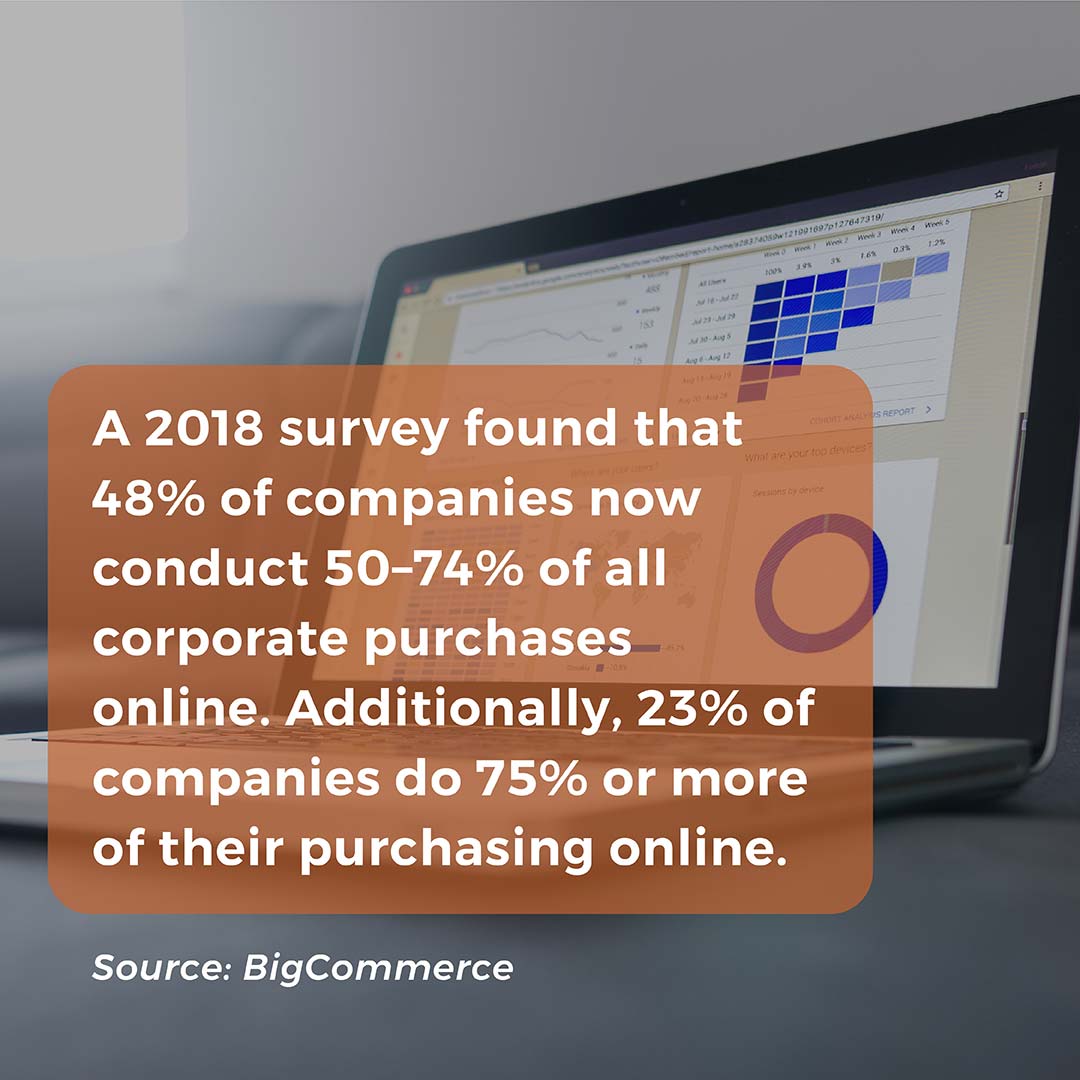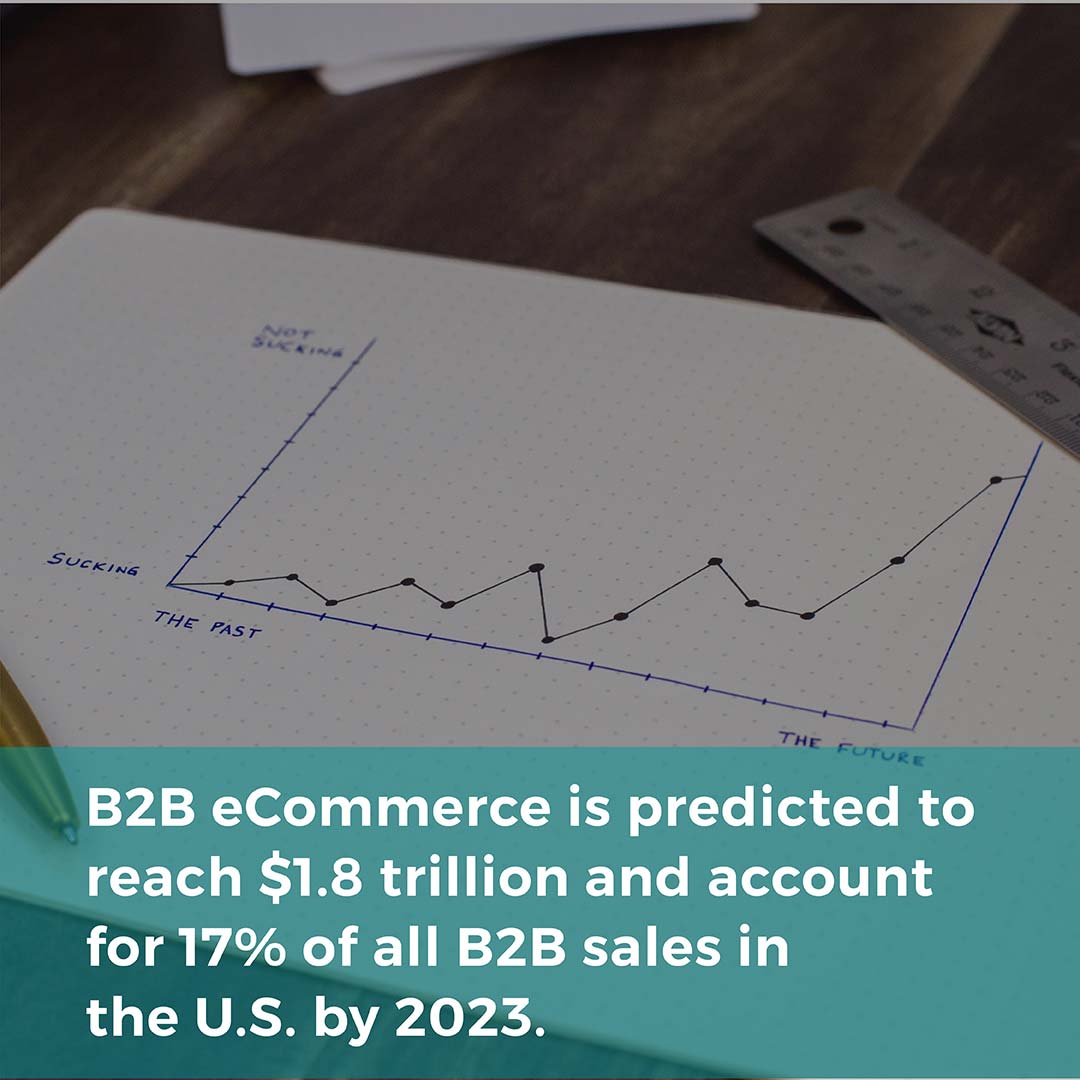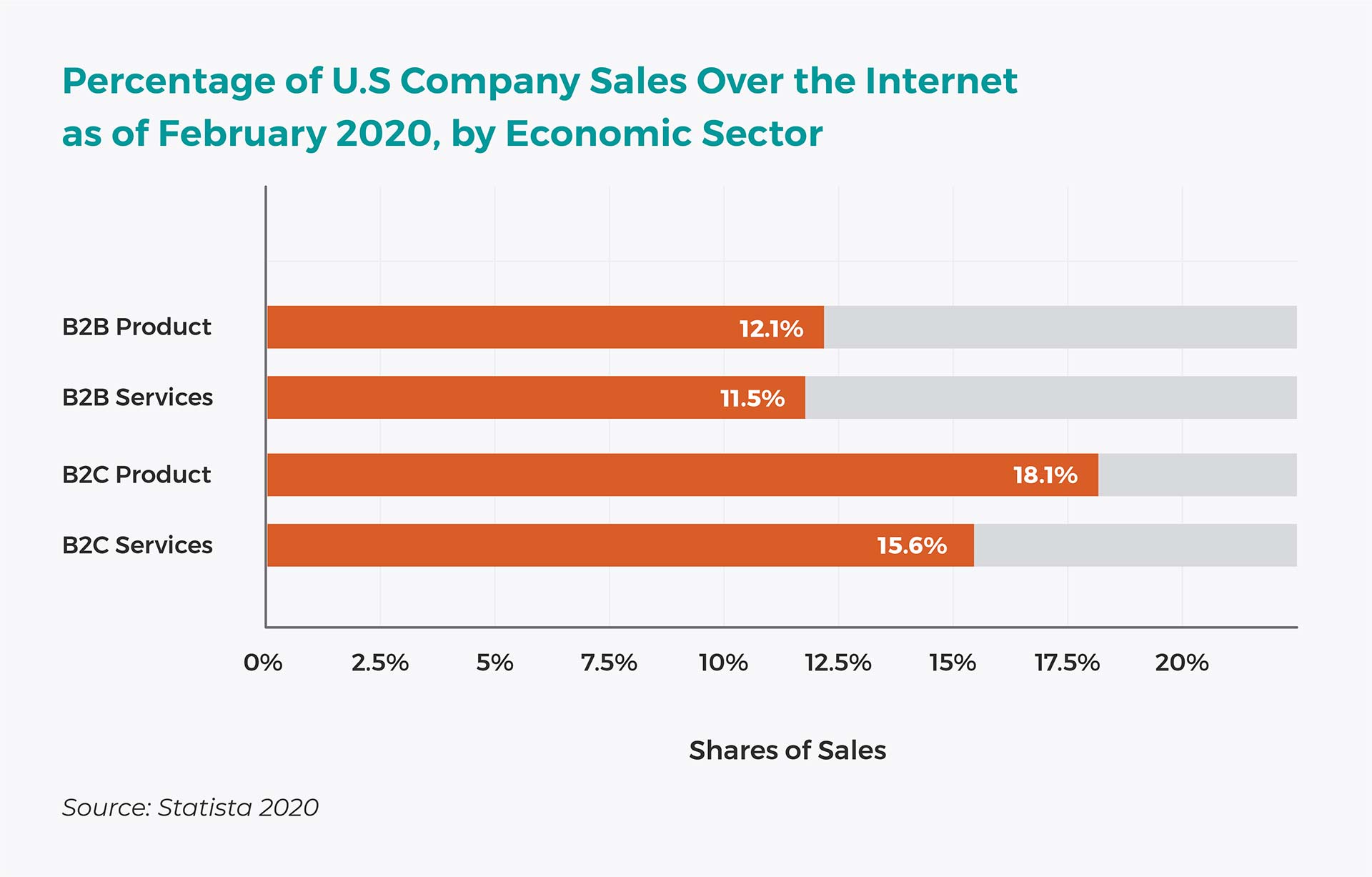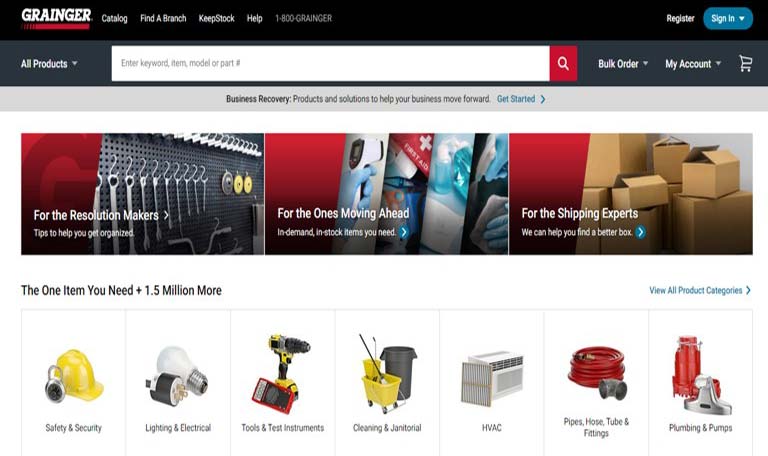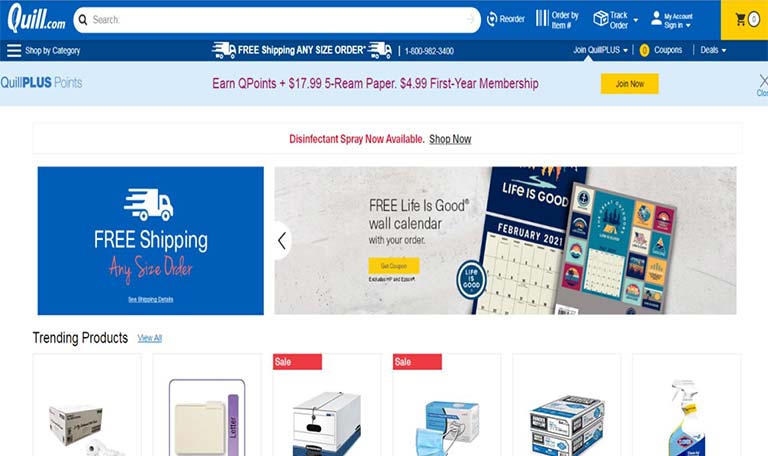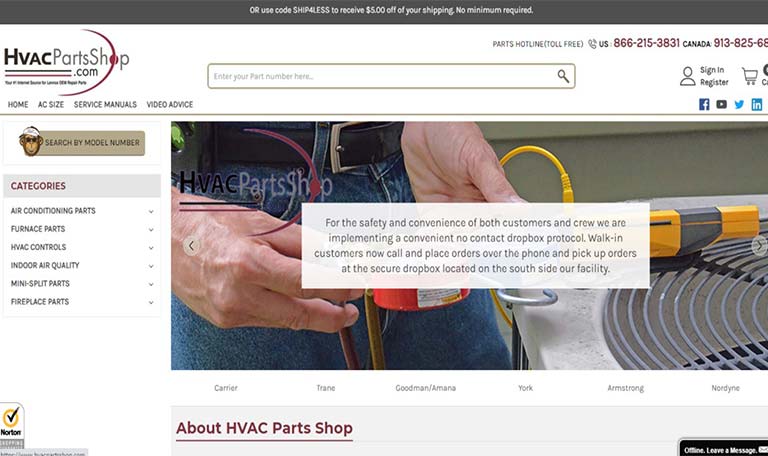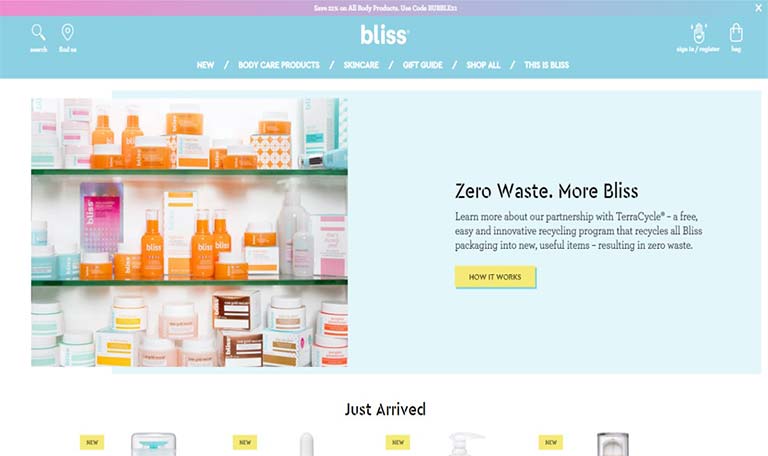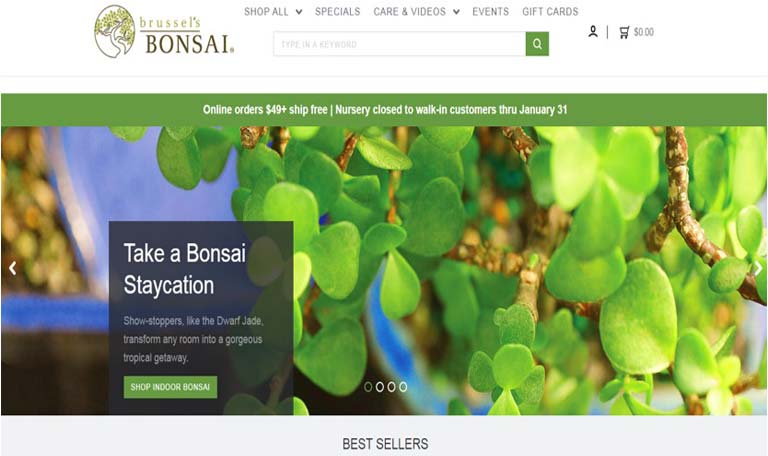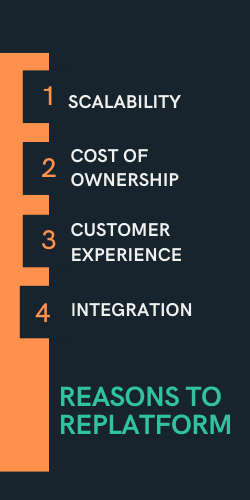
Why email marketing works well for online selling
Businesses are always looking for ways to reach out to new audience and expand their customer base. There are numerous ways by which they manage to find new customers, right from introductory offers in their retail outlets to bolstering the brand presence on social media, which facilitates customer engagement. These marketing channels are not made equal. Some methods can be expensive to implement, some can enable you to tap a new group of audience, some can help in brand building and some can help achieve conversion better. So, depending on whom you want to reach out to and what your purpose of communication is, the choice of marketing channels may vary.
The power for personalization and communicating the right things at the right time to the right person is something that very few channels offer. Email Marketing is the most effective tools in this respect.
What is email marketing?
Email marketing is a means of digital marketing where the you can build a database of the email addresses of potential customers and individuals who have shown interest in your products, and send specific, targeted, and even personalized communication to those individuals. Email marketing can be conducted for various purposes including:
- 1. Announcing and promoting new products
- 2. Providing users with relevant offers
- 3. Disseminating useful information
- 4. Sharing news and announcements
- 5. Sending reminders and more
Depending on your objectives, you can design your email marketing strategy and customize email marketing campaigns accordingly.
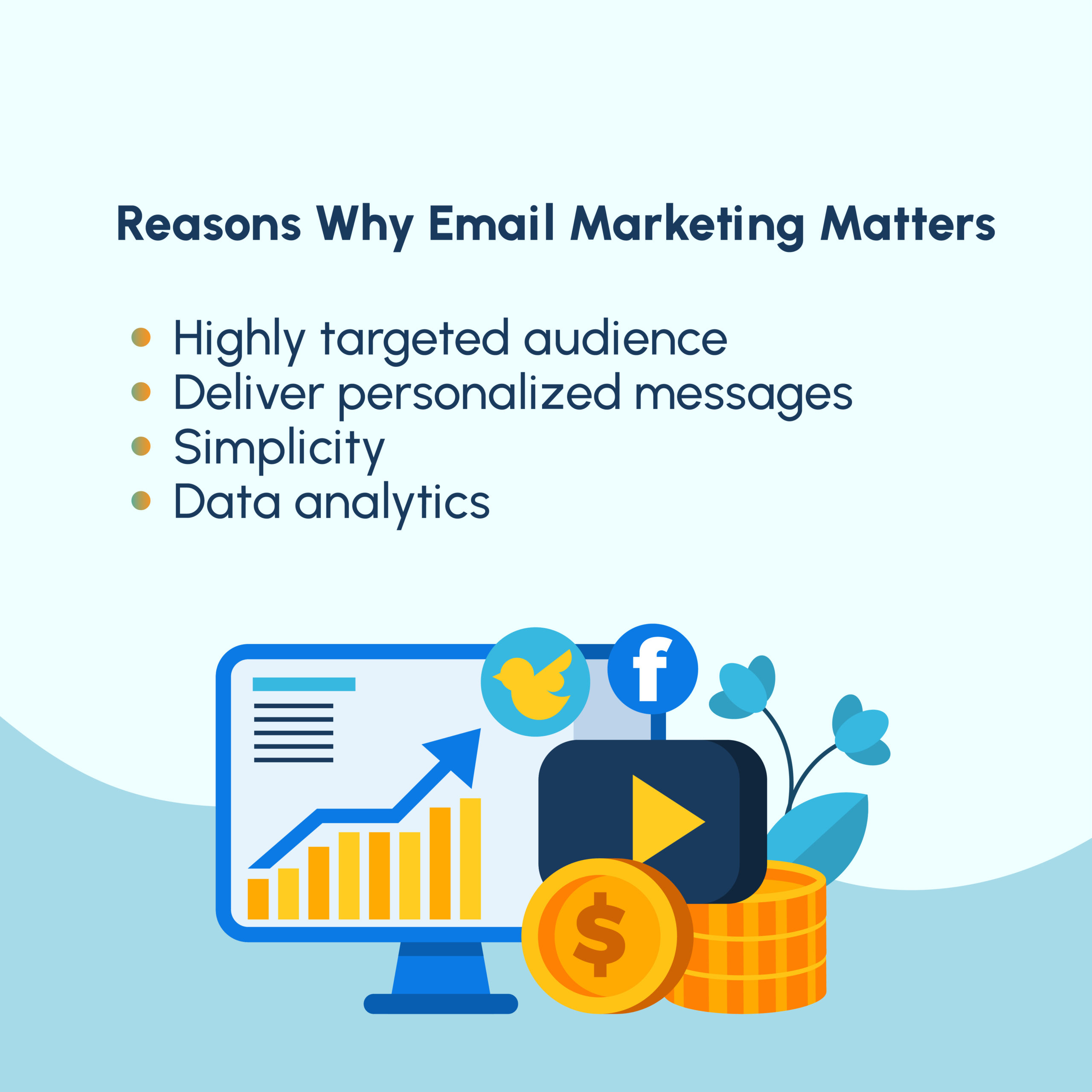
How to develop a mailing list for email marketing
No matter what your objective is, the first step in email marketing is building a mailing list consisting of the email addresses of your potential customers. But collecting personal information is not easy. Customers expect businesses to deliver value on a continuous basis when they share their contact details. So, you should give your target audience a compelling reason to share their contact information with you.
To begin with, the quality of your products and services, and the interest you can generate in them amongst your target audience matter more than where and how you collect information to create your mailing list. Once you get those basics right, you can focus on building a mailing list. Following are some of the ways through which you can collect the contact information from potential customers.
1. Website and landing pages
A website is built around the brand identity and it provides complete information about your company, and the products and services that you offer. It also helps to establish the credibility of your brand. Since there is a high level of customer engagement and interaction happening in the website at any given time, it provides numerous opportunities for you to collect contact information from your target audience and build a mailing list.
Landing pages are specialized pages that are purpose-built to provide comprehensive information about the products and services the customers are looking for. Customers usually reach landing pages from online ads or blogs or promotional posts on social media. They pack a lot of information and have a call for action, which can be used to generate leads and collect customers’ contact information.
2. Social media platforms
Social media platforms are powerful tools of customer engagement and valuable source of traffic that provides you with the opportunities to interact with customers in different ways. You can conduct contests, promote products with offers, post human interest stories connected to the brands, broadcast product launches and send teasers. These engagement drives enable you to generate interest and lead potential customers to a landing page or website where they can sign up for newsletters, offers and other communication.
3. Point of Sale (POS)
Offering a customer loyalty program allows you to collect information and reward the customers with points for every purchase, which they can use later during future purchases.
High-impact mailing lists for effective email marketing
The mailing list is constantly expanding as new email addresses are added regularly to the list. However, the number of emails that are read and acted upon by customers, and the number of mails that achieved conversion are more important than the number of email addresses in a mailing list. Similarly, the emails that bounced most likely denote the contacts that are invalid. When the number of invalid email addresses is high, the email marketing can be ineffective. All these parameters can be tracked.
Further, a single mailing list does not fit every purpose. Different customers sign up for different purposes, and the communication sent to them should reflect what they signed up for. Otherwise, they will find the email marketing communication irrelevant and opt out of it. This calls for multiple mailing lists.
Also, the customers prefer personalization. Creating email marketing campaigns with a high degree of personalization delivers a good experience and increases customer engagement. Using these separate mailing lists, you can send emails with different messages to each category of customers and cater to them based on their preferences.
When all these factors are carefully considered and when the email marketing campaigns are fine-tuned accordingly, they will create a good impact in terms of engagement and sales conversion.
Using email marketing to attract, engage and convert customers
The ultimate aim of email marketing is to achieve conversion. But each customer’s preferences are different. Depending on what they signed up for, you can engage with them in different ways and achieve conversion. Following are some of the types of emails you can send.
1. Newsletters
Newsletters have an assortment of information relevant to the customers – from news regarding recent product launches to new product announcements or human interest stories of how the brand and products made an impact on people’s lives. By providing periodic updates on the brand, newsletters help you stay in touch with customers and create a brand experience. Sending newsletters are some of the most common types of email marketing.
2. Promotions
Offers and discounts provide value to the customers and let them buy products at a lower cost. Promotional emails deliver discount codes or coupons to the customers to make the best out of these offers. These emails also help in cross promotions, i.e. if the customer shows interest in one type of product, you can send promotional emails on related products as well. All these increase the chances of achieving conversion.
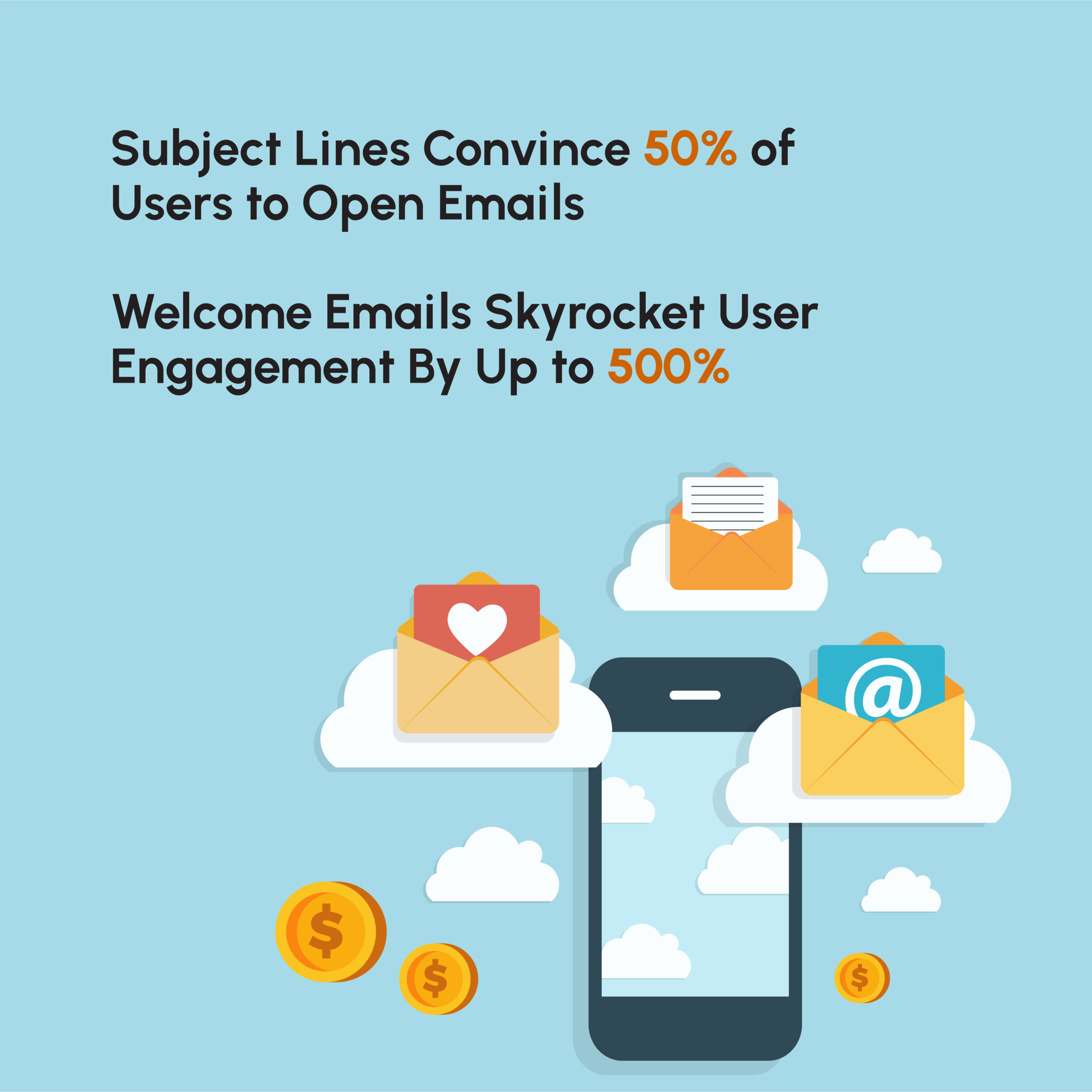
3. Autoresponders
Autoresponders are triggered as a reaction to certain actions or changes. For instance, if the customer is interested in a product that is not in stock, an autoresponder mail can be designed to be sent automatically when the product becomes available again, or to showcase the best alternatives currently available. These emails help keep the customers informed and alert them to changes that could potentially lead to conversion.
4. Abandoned cart mails
Customers often find themselves unable to purchase a product due to some technical issues. They might not also continue with a purchase due to other reasons such as simply forgetting to check out after adding items to the cart. Abandoned cart mails enable you to remind the customers of the items that are still in the cart. This increases the chance of the customer going back to the site and continuing the purchase from where they left.
5. Surveys
Email marketing can also be conducted to understand what customers expect from you. Collect feedback from the customers. Based on the findings, you can send personalized messages to the customers, cater to their interests and achieve conversion.
Best Practices in Email Marketing
- 1. Send a personalized welcome email using automation features of the email marketing platform, when an individual signs up for your mailing list.
- 2. Include in mailing list the addresses of only those who expressed interest and consented to be communicated.
- 3. Follow the standard guidelines and provide an option for the customers to unsubscribe from the mailing list.
- 4. Identify the right time and occasion for sending emails, create a schedule and harness the power of automation to send mails based on trigger events.
- 5. Identify the right frequency of communication and send only mails relevant to the audience.
- 6. Create a good design that works well on both computers and mobile phones.
- 7. Choose a topic or theme and stick to it. Write a catchy subject line that reflects the theme best.
- 8. Keep the content simple, informative, engaging and visually appealing.
- 9. Including a clear call for action.
- 10. Measure the impact of the email marketing campaigns through various indicators like conversion rate, return of investment, revenue generated through the campaign, etc. Learn from experience and tweak the campaigns to improve effectiveness.
Best Email Marketing Software For eCommerce Companies
There are various email marketing software available in the market to manage your mailing lists, send emails as per a pre-determined schedule and measure the impact with detailed insights. Some of the most popular email marketing platforms are as follows.
1. Klaviyo
Klaviyo is an easy-to-use and highly customizable email marketing software that allows you to not only create effective email marketing campaigns but also SMS campaigns.
2. Hubspot
Hubspot is a popular email marketing platform that offers a comprehensive set of features and tool sets to create, automate and track email marketing campaigns effectively. It offers well designed templates and helps you deliver a good user experience.
3. Mailchimp
Mailchimp is an industry leader in email marketing. It offers small and medium businesses a flexible yet powerful email marketing platform that comes with well-designed templates. It also enables tight integration with many of the popular ecommerce platforms.
4. Smartr mail
Smartr mail is a simple but effective email marketing software. It enables you to quickly create appealing emails and automate the deployment. It is also rich in features, providing you with the ability to send Welcome emails, abandoned cart emails and other automated emails based on trigger events. It also comes with comprehensive testing features and analytics tools.

